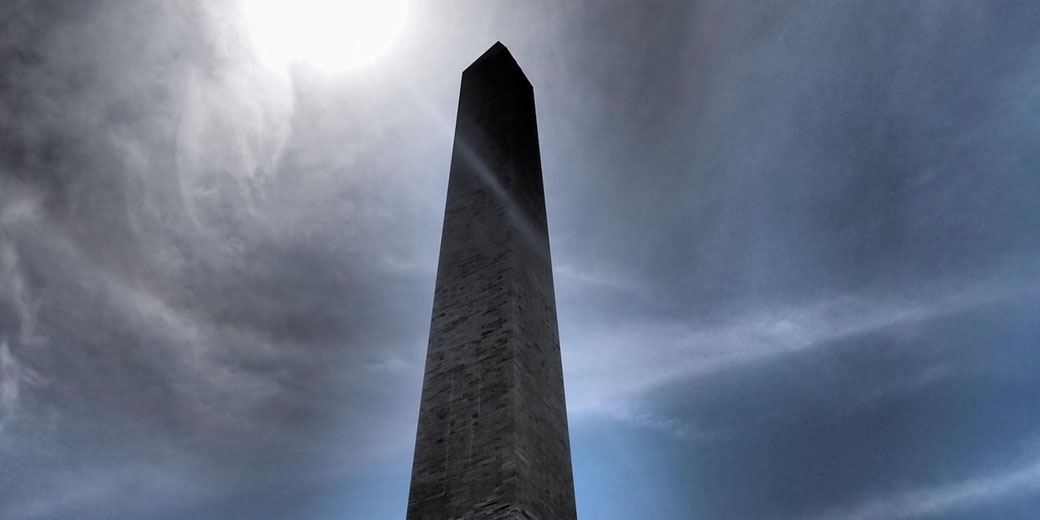How the ancient Greeks calculated the size of the earth with remarkable accuracy

At Alexanderia, during the Hellenistic age Eratosthenes of Cyrene solved a problem that had challenged thinkers for centuries.
He calculated the circumference of the Earth with incredible precision using only a vertical stick, sunlight, and logical deduction.
His method relied on the idea that by observing the difference in shadow lengths at two separate locations, one could measure a portion of Earth’s arc and scale it to determine the full size.
Syene and the Solar Phenomenon
In southern Egypt, the city of Syene experienced a unique solar phenomenon each year.
On the summer solstice, the sun reached its highest point in the sky, and at midday, it stood almost directly overhead.
Objects cast almost no shadow, and sunlight shone nearly straight down into the city’s wells.
Reports of this annual event reached Alexandria, where Eratosthenes held the post of chief librarian.
Recognising the scientific significance of Syene’s solar event, he devised an experiment to measure the Earth’s size based on the angular difference in sunlight between Syene and Alexandria.
Syene, which is known today as Aswan, lay close to the Tropic of Cancer, which meant the sun's rays struck it at a nearly perpendicular angle on the solstice.
On the solstice, at precisely midday, Eratosthenes measured the shadow cast by a vertical rod in Alexandria.
He found that the sun was not directly overhead. Instead, it struck the rod at an angle that produced a measurable shadow.
By calculating the angle of that shadow, he determined that the sun’s rays met the Earth at Alexandria with an inclination equivalent to approximately 7.2 degrees in modern terms.
Since a full circle contains 360 degrees, the angle between Alexandria and Syene represented one-fiftieth of a full circle.
His method assumed that the Earth was spherical and that the sun’s rays travelled in parallel lines, given the immense distance of the sun from Earth.
Converting Angular Distance to Physical Measurement
To translate that angular measurement into a physical distance, he required the north to south distance between the two cities.
According to records from bematists, who were trained officials responsible for measuring long distances by counting steps, the space between Alexandria and Syene equalled roughly 5,000 stadia.
These specialists had previously accompanied the armies of Alexander the Great and were known for the reliability of their measurements.
The precise length of the stadion used by Eratosthenes is still unclear, but many historians agree that he likely worked with the Egyptian stadion, which measured around 157.5 metres.
Multiplying 5,000 by 50 produced a total circumference of 250,000 stadia. When converted into modern units using this length, this equalled approximately 39,375 kilometres.
The true equatorial circumference of the Earth is about 40,075 kilometres, so if this stadion length is correct, his estimate was impressively accurate.
However, using a different stadion value would result in a larger discrepancy.
Eratosthenes assumed that the sun’s rays struck the Earth in parallel lines due to the sun’s immense distance, and that the surface of the Earth curved evenly in a spherical shape.
He applied basic geometry to model the situation, placing the centre of the Earth at the vertex of a central angle and the cities of Syene and Alexandria along its arc.
His understanding of angular geometry allowed him to link a terrestrial distance to a proportional arc of a circle.
He conducted the measurement sometime after his appointment in 245 BCE, likely around 240 BCE, during the reign of Ptolemy III Euergetes.
Later Influence and Ongoing Impact
In later generations, scholars across the Mediterranean and Islamic worlds examined his approach.
Although some adjusted his figures or disputed his assumptions, the method itself remained widely respected.
Claudius Ptolemy, al-Biruni, and other geographers drew upon his procedure when refining measurements of the globe.
Islamic astronomers working under the Abbasid Caliph al-Ma'mun later used similar techniques to recalculate Earth's circumference with their own measurements taken from sites in the Middle East.
By applying direct measurement and deductive logic, Eratosthenes demonstrated that scientific reasoning could reach across vast distances.
His calculation of the Earth’s circumference became a landmark in ancient science and proved that rational inquiry, grounded in evidence, could unlock the structure of the natural world.
While his work became known to later scholars, its lessons were not always heeded: Christopher Columbus, for instance, based his transatlantic voyage on a significantly smaller estimate of Earth’s size, partly due to his use of incorrect values for the length of a degree of latitude and the size of Asia.
This miscalculation might have doomed his expedition had the Americas not lain in his path.
What do you need help with?
Download ready-to-use digital learning resources
Copyright © History Skills 2014-2025.
Contact via email
With the exception of links to external sites, some historical sources and extracts from specific publications, all content on this website is copyrighted by History Skills. This content may not be copied, republished or redistributed without written permission from the website creator. Please use the Contact page to obtain relevant permission.





